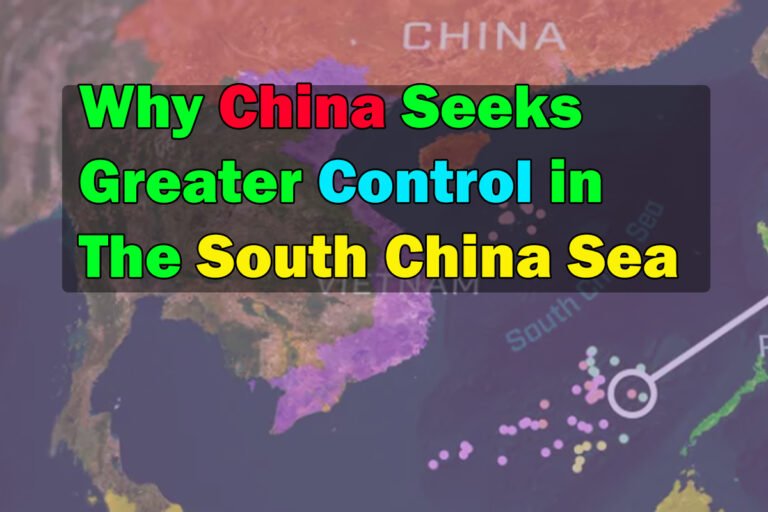Introduction
The South China Sea—stretching from the Malacca Strait to the Taiwan Strait—may look small on a map, but its importance to global trade, regional security, and military strategy is enormous. As competition over the region intensifies, China’s actions have attracted growing international attention and concern.
Why the South China Sea matters
1. Global Trade Lifeline
More than one-third of the world’s marine trade, valued at over $3 trillion each year, passes through the South China Sea. Any disruption here could have major consequences for international shipping and supply chains.
2. Energy Reserves
Experts believe that the seabed contains significant oil and natural gas deposits—key resources for energy-hungry economies, particularly in Asia.
3. Marine Resources
The region supports some of the world’s most productive fishing grounds, which are vital to the economies and food supplies of nearby countries.
4. Military and Strategic Advantage
The region’s islands, reefs, and narrow waterways offer tactical value for military operations. Whoever controls these waters can influence regional power dynamics and access to key sea lanes.
China’s strategic motivations
China’s interest in the South China Sea goes beyond economic benefits. It shapes:
- National security goals
- Long-term strategic planning
- Historical experiences of foreign intervention
Chinese leaders often reference past periods of maritime vulnerability as justification for strengthening naval defenses and territorial claims. They argue that securing these maritime boundaries is critical to prevent future encirclement and protect national interests.
This aligns with a broader strategy to:
- Maintain a strategic buffer zone
- Ensure uninterrupted energy and trade routes
- Deter foreign military presence near its borders
U.S. Involvement and Rising Tensions
The United States plays a major role in the region by conducting Freedom of Navigation Operations (FONOPs), which uphold international maritime law and challenge unilateral territorial claims.
These operations often involve U.S. naval vessels sailing near contested areas, including waters claimed by China—leading to diplomatic tensions and military standoffs.
While China insists that it is protecting its security and not blocking free access to the sea, the U.S. argues that freedom of navigation should not depend on the goodwill of any one nation—it must be upheld through international law.
This underscores a fundamental disagreement:
- China views its actions as defensive.
- The U.S. sees them as either assertive or destabilizing.
Kissinger’s Insight: Sea vs. Strategy
Former U.S. Secretary of State Henry Kissinger has pointed out that while the South China Sea is a clear flashpoint, China’s Belt and Road Initiative (BRI) presents a longer-term strategic challenge. The BRI promotes Chinese influence through infrastructure, trade, and diplomacy—without relying on military force.
Still, Kissinger emphasized that in any serious geopolitical confrontation, control of sea lanes remains a critical factor. That explains China’s continued investment in naval expansion and maritime security infrastructure.
Conclusion
China’s increasing assertiveness in the South China Sea reflects a mix of:
- Geopolitical ambitions and energy security needs.
- Historical narratives about sovereignty.
- Efforts to limit foreign military presence near its coasts.
As global trade, regional influence, and military interests converge in this highly strategic area, the South China Sea is likely to remain one of the world’s most contested maritime zones that undergo careful monitoring.


